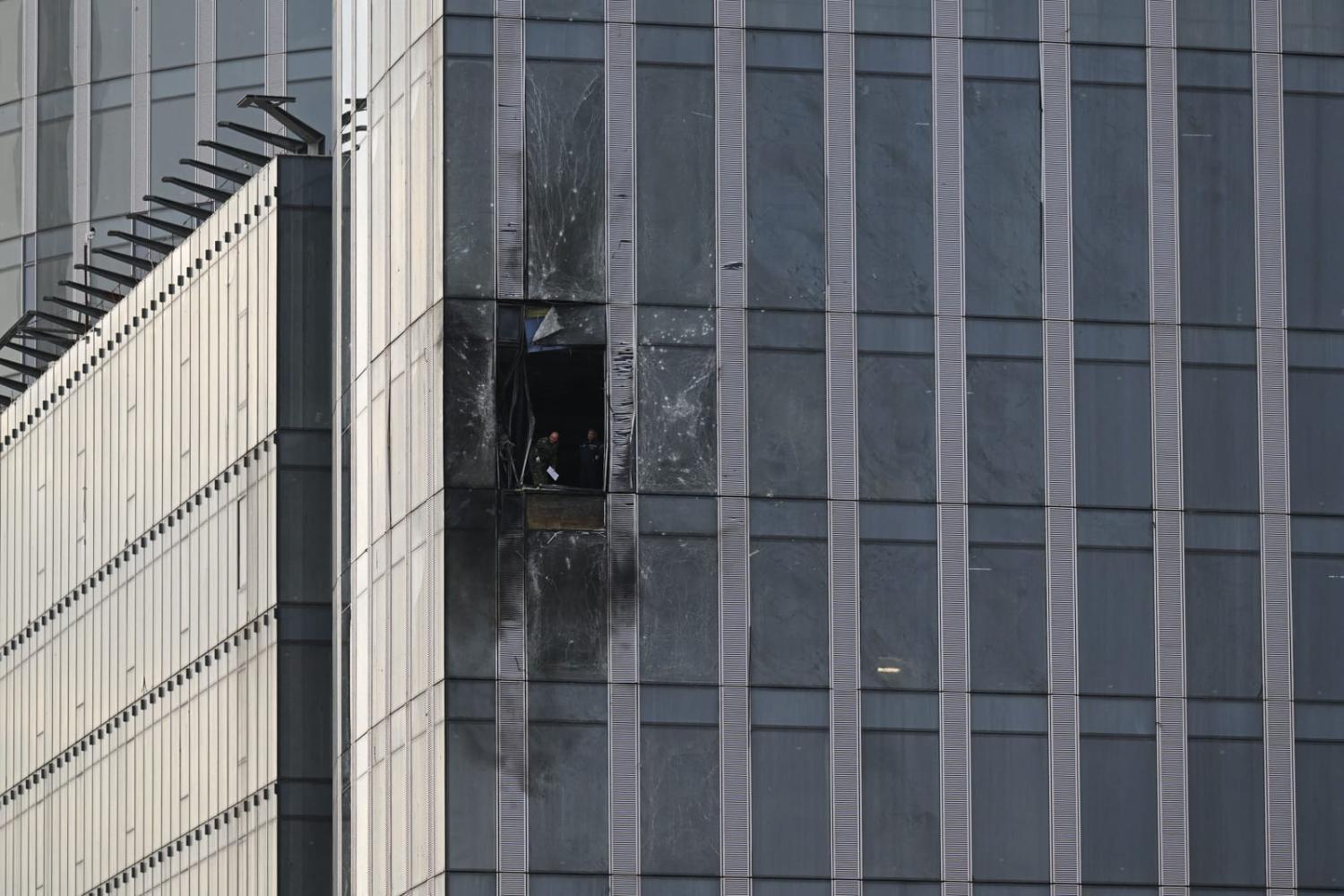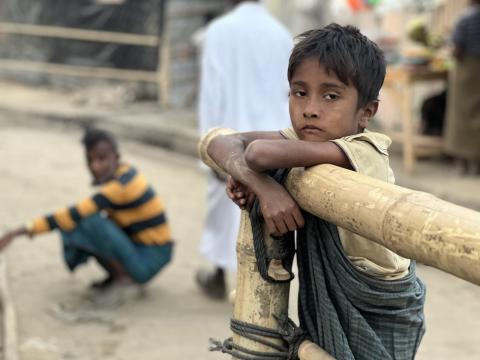Kyiv is quiet at night. Unlike other European capitals, where the chatter of cars and party-goers continues into the morning, Ukraine’s curfew means there’s scarcely a sound after midnight. It would be easy to call it peaceful, if not for the routine shrill of air raid sirens and the thunder of explosions.
The morning of 30 August was representative. At just past 2:30am, residents rushed from their beds as a volley of Russian missiles and drones approached Kyiv’s airspace. It was a Wednesday, though few would go to work rested. Most spent the small hours huddled in bomb shelters and apartment corridors while falling debris rocked the city around them.
It was the largest attack on Kyiv since it fended off a blitz in May. Notably, it was also a counterstrike. Earlier in the night, Ukraine launched a sweeping drone attack across six regions in Russia – its own largest in a string of assaults on Russian territory that began with Ukraine’s counter-offensive. One attack on 23 August, for example, targeted Moscow’s financial district and topped off six straight nights of strikes on the capital. The tempo suggests Ukraine has Moscow in its crosshairs, but while escalation is a concern, it shouldn’t make the West squeamish.
Ukraine is typically coy about ventures behind enemy lines. Though that seems to be changing. In a 30 July speech, Ukrainian President Volodymyr Zelenskyy warned that “gradually, the war is returning to the territory of Russia – to its symbolic centres and military bases, and this is an inevitable, natural and absolutely fair process”. The SBU, Ukraine’s security service, also claimed responsibility for attacks on the Russian-built Kerch Bridge. After months of silence, it’s indicative of a more assertive posture.
But so far, Ukraine has only used its own weapons. Except for reports of Australian “cardboard drones” behind the border, it’s relying on a homegrown drone industry to compete with Russia’s formidable long-range strike capabilities. That’s because Kyiv’s backers haven’t given it permission to use Western-donated missiles. Many Western capitals, including Washington, also remain pale-faced about strikes in Russia generally, no matter where the hardware originated.
The argument against usually goes like this: if Ukraine hits back over Russia’s border and in occupied Crimea it could cross a red line that its resistance hasn’t so far. This would provoke serious, even nuclear consequences, perhaps not just for Ukraine but also for NATO. For some of Ukraine’s supporters, too much Ukrainian success is therefore dangerous. That’s partly why their lethal aid has favoured a Goldilocks strategy: not too big or too small, but “just right”.
Ukrainians are understandably frustrated because, they say, how they fight should be up to them. Ukraine’s top soldier, General Valery Zaluzhny, captured the mood in July when he asked, “to save my people, why do I have to ask someone for permission what to do on enemy territory?”
They also realise what their Western backers apparently don’t – that just defending Ukraine isn’t enough. In order to win, Russia has to lose, and that involves putting its territory under the gun. As Australia’s retired major general and Lowy Institute Nonresident Fellow Mick Ryan points out, bringing the war to Russia could force the redeployment of assets further from Ukraine. It also demoralises Russia’s public, potentially eroding support for the head of its war machine, President Vladimir Putin.
The West’s current policy instead gives Russia impunity by limiting destruction to Ukraine. It’s historically surreal. Part of the deterrent against wars of aggression is the victim’s right of reply. As well as sparing Russian assets, limiting that right just encourages Russia’s wanton slaughter of Ukrainians.
True, the threat of escalation isn’t baseless. But while Moscow wields a credible nuclear deterrent, it’s been cheapened by a routine dance of bluster and fuss followed by silence. Giving Ukraine so-called “offensive weapons” was a red line, and then it wasn’t. So was Finland and Sweden joining NATO, and then it wasn’t. Now, strikes on Russian territory are perceived as a red line, and yet the BBC estimates that Ukraine completed more than 190 drone attacks in Russia and Crimea this year.
Ukrainians also wonder why NATO members are concerned for themselves at all. When Russia has escalated its war, like when it mobilised 300,000 troops last year, it was Ukraine that bore the consequences, not NATO. Its members were safe under the group’s nuclear umbrella – they should have more faith in their own deterrent effect. Ukrainians, for their part, seem ready to endure whatever comes if only they’re given the tools to defend themselves.
As winter beckons and the front lines slow to a crawl, we’re likely to see more Ukrainian strikes in Russia. That might unnerve Washington, but it will bother Ukrainians less. Every day at a cafe near Maidan Nezalezhnosti, the site of Ukraine’s Revolution of Dignity, a television plays an animation of Moscow in flames. The two cities share something in common these days. Like Kyiv, Moscow is quiet at night too, except now for the shrill and thunder of air raids. While their countrymen fight an abhorrent war in Ukraine, Russians should get used to it.

